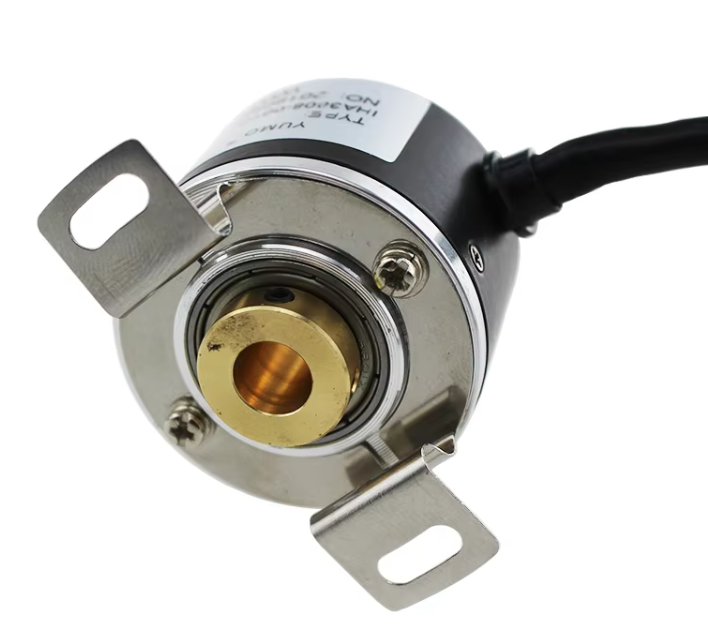Proximity Sensors: The Complete Guide to Non-Contact Detection
 29 May 2025 click : 1064
29 May 2025 click : 1064What is a Proximity Switch (Sensor)?
A proximity switch is a switching device that detects the presence or absence of an object without direct physical contact. The Japanese Industrial Standard (JIS) defines it as "a position-sensing switch that operates without mechanical contact via a moving part" (Standard: JIS C 8201-5-2, corresponding to international standard IEC 60947-5-2/IDT a).
Proximity switches are primarily classified into four categories based on their operating principles:
.png)
Inductive and Capacitive Proximity Switches
The JIS standard defines these as "switches that determine the output signal based on the presence or absence of a sensing element absorbing or altering the emitted energy within an electromagnetic or electric field". Specifically:
- Inductive proximity switches detect the presence of metallic and/or non-metallic objects by sensing the attenuation of high-frequency magnetic fields;
- Capacitive proximity switches identify object presence through detecting the enhancement of electric fields. output signal based on the presence or absence of a sensing element absorbing or altering the emitted energy within an electromagnetic or electric field". Specifically:
Photoelectric Proximity Switches
The JIS standard defines a photoelectric proximity switch as "a switch where the output signal is determined by the presence or absence of a detecting body that reflects or blocks visible/invisible light emitted from a light projector." It detects objects by identifying light beam obstruction, with the light emitter and receiver either integrated or separated.
.png)
Magnetic Proximity Switches
As defined by the JIS standard, a magnetic proximity switch is "a switch where the output signal is determined by the presence or absence of an object that induces a change in the magnetic field within the detection area."





